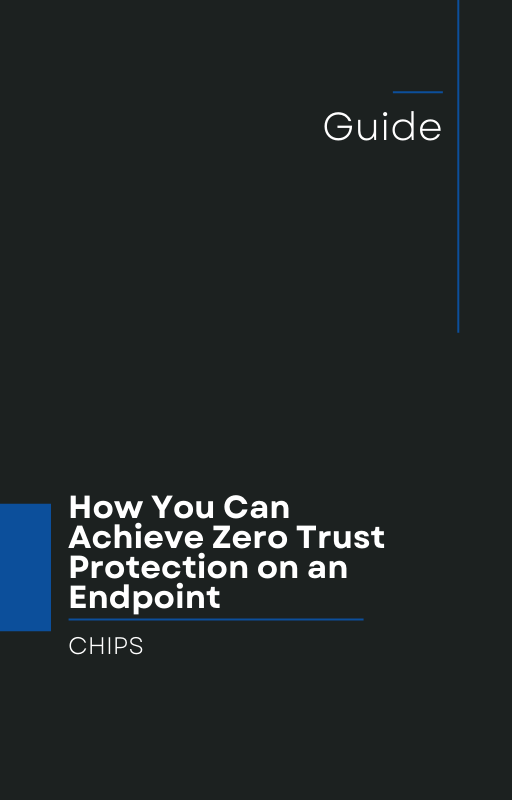In early August 2025, BleepingComputer reported that the Royal and BlackSuit ransomware gangs had compromised over 450 U.S. companies across critical sectors such as healthcare, education, public safety, energy, and government institutions since 2022 (BleepingComputer).
These attackers used ruthless double extortion tactics, encrypting systems while threatening to leak stolen data to force victims into paying. Collectively, they have earned more than $370 million in ransom payments.
This scale of impact highlights a hard truth: traditional detect and respond security methods are not enough to stop advanced ransomware groups. Businesses need a shift toward isolation and containment, a strategy proven effective by AppGuard with over 10 years of success.
The Royal and BlackSuit Fallout
Law enforcement’s Operation Checkmate disrupted the infrastructure of these gangs by seizing servers, domains, and cryptocurrency wallets linked to their activities. Authorities confiscated more than $1 million in crypto belonging to BlackSuit operations. While this was an important win, experts caution that the group may rebrand and return under names like Chaos, using the same tactics against new victims.
This is a familiar cycle: infrastructure is disrupted, but attackers regroup. Unless defenders change strategies, businesses will continue to face repeated attacks from these resilient criminal networks.
Why Detect and Respond Is No Longer Enough
Detect and respond security relies on monitoring, alerts, and remediation after malicious code has already executed. The problem is that ransomware moves fast. Even if a response is triggered within minutes, it can still be too late if data is already encrypted or exfiltrated.
Isolation and containment take a different approach. By preventing unauthorized code from executing in the first place, attacks are stopped at the source. This shifts the advantage back to defenders and reduces reliance on speed and human intervention.
AppGuard: Proven Isolation and Containment
AppGuard provides execution-level containment that blocks unknown or unauthorized processes automatically. Unlike signature-based tools that require updates, AppGuard protects endpoints without depending on detection patterns.
-
Zero trust at the executable level. Unknown applications are contained automatically.
-
No signature updates required. New and unknown threats are stopped instantly.
-
Trusted for over a decade. AppGuard has been relied on by government agencies and enterprises for more than 10 years.
This isolation-first approach means ransomware like Royal, BlackSuit, or whatever rebranded name they use next cannot run in the first place.
From Reactive to Proactive
Consider the difference:
| Approach | Detect and Respond | Isolation and Containment (AppGuard) |
|---|---|---|
| Threat handling | Alert and remediate after execution | Prevent execution and stop the threat early |
| Time to containment | Minutes or hours after infection | Instant, before any execution occurs |
| Dependence | Signatures and human intervention | Automatic, zero trust execution control |
| Resilience to variants | Weak, new variants slip through | Strong, unknown malware is blocked instantly |
The key point is clear. Businesses cannot rely on catching ransomware after it begins running. They must prevent it from executing at all.
Business Imperative
The Royal and BlackSuit attacks are only the latest reminder that ransomware groups continue to innovate. Detect and respond approaches have been pushed to the limit, and businesses that cling to them risk catastrophic downtime, data loss, and reputational damage.
Isolation and containment are no longer optional. They are the foundation of modern cybersecurity defense.
Call to Action
Business leaders, talk with us at CHIPS today to learn how AppGuard can prevent incidents like the Royal and BlackSuit ransomware attacks. Now is the time to move from detect and respond to isolation and containment and stop ransomware before it can cause harm.
Like this article? Please share it with others!

September 8, 2025

Comments